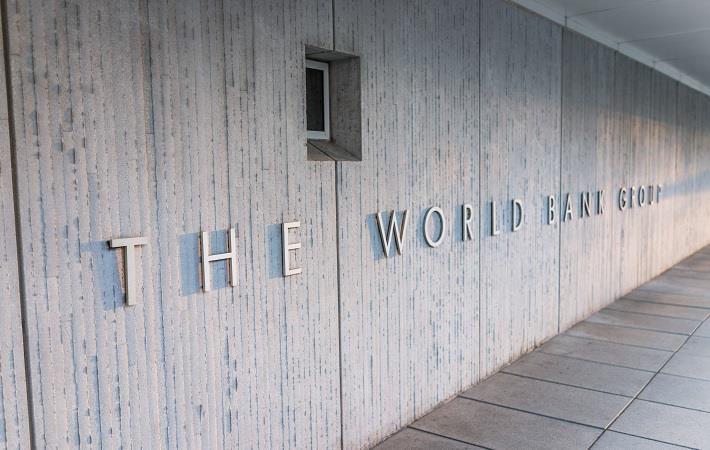
As global recovery remains dramatically uneven, the outlook is challenging for much of the developing world with lagging vaccination rates, rising inflation, limited policy support, too few jobs, and shortages that extend to food, water and electricity, he said.
The inequality in the recovery is getting worse across country groups. Per capita income in advanced economies is expected to grow nearly 5 per cent in 2021, but only 0.5 per cent in low-income countries, he said.
It will take many developing countries years to reach pre-pandemic income levels. Even after two years of recovery, by next year output in developing countries is expected to be nearly 4 per cent below pre-pandemic projections, whereas the advanced economies will be caught up, he said.
In International Development Association (IDA) countries, output will remain 5.6 per cent below pre-pandemic projections by next year, he said.
We’re witnessing what I call tragic reversals in development across many dimensions. Progress in reducing extreme poverty has been set back by years—for some, by a decade. Median incomes have declined instead of risen, he said.
Another priority is to address debt challenges confronting many developing countries. The annual International Debt Statistics (IDS) report for 2022 identifies a significant 12 per cent increase in the debt owed by low-income countries, which has reached $860 billion.
As of mid-2021, over half of IDA countries—those are the world’s poorest countries—are in external debt distress or at high risk of it.
A comprehensive approach, including debt reduction, swifter restructuring and more transparency is needed to help countries assess and manage their external debt risks and work toward sustainable debt levels and terms. These are fundamental to supporting health systems, education, and infrastructure and creating growth, investment and prosperity, he added.
Fibre2Fashion News Desk (DS)